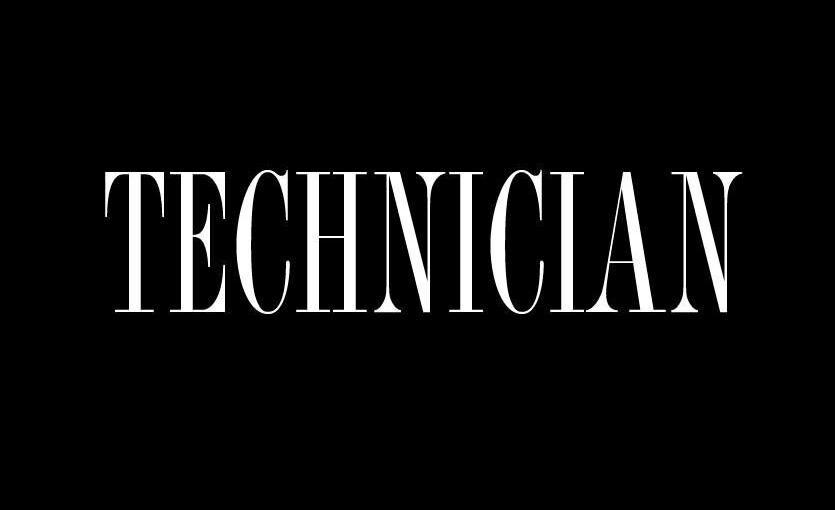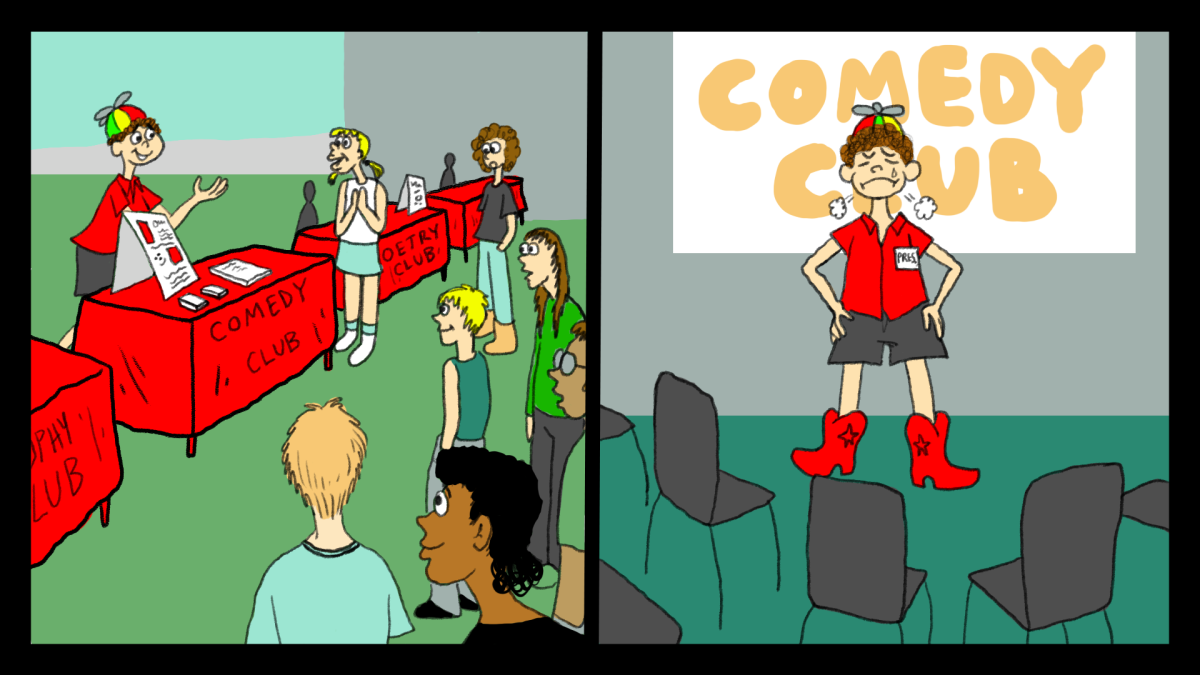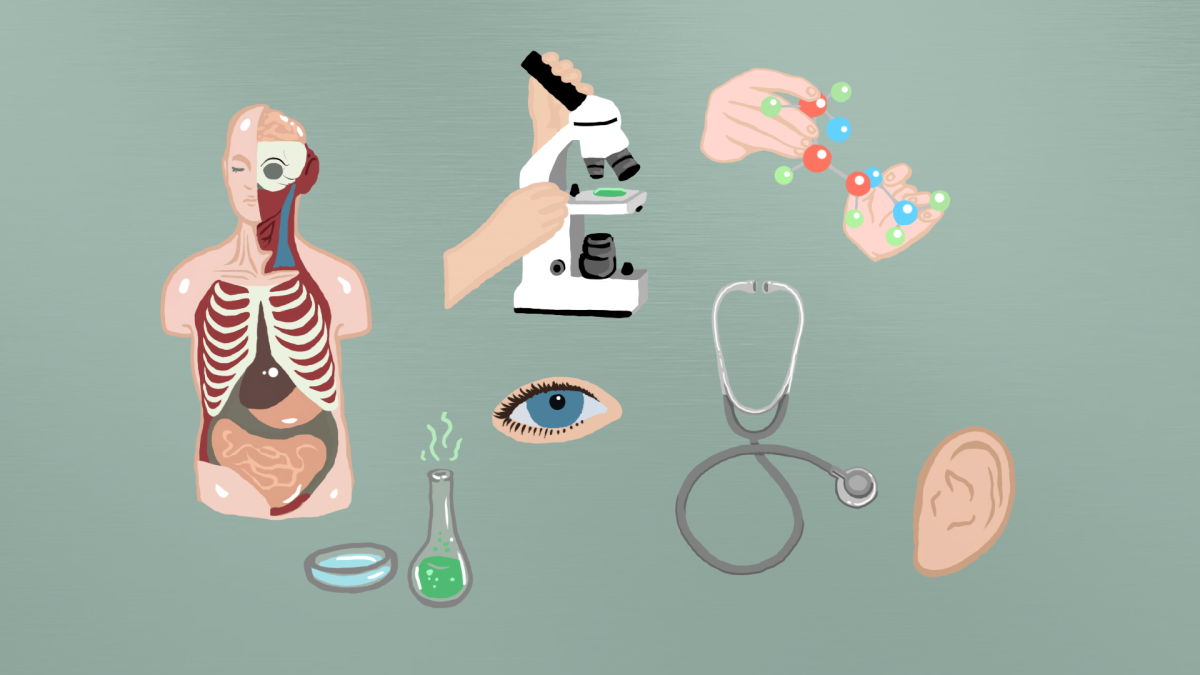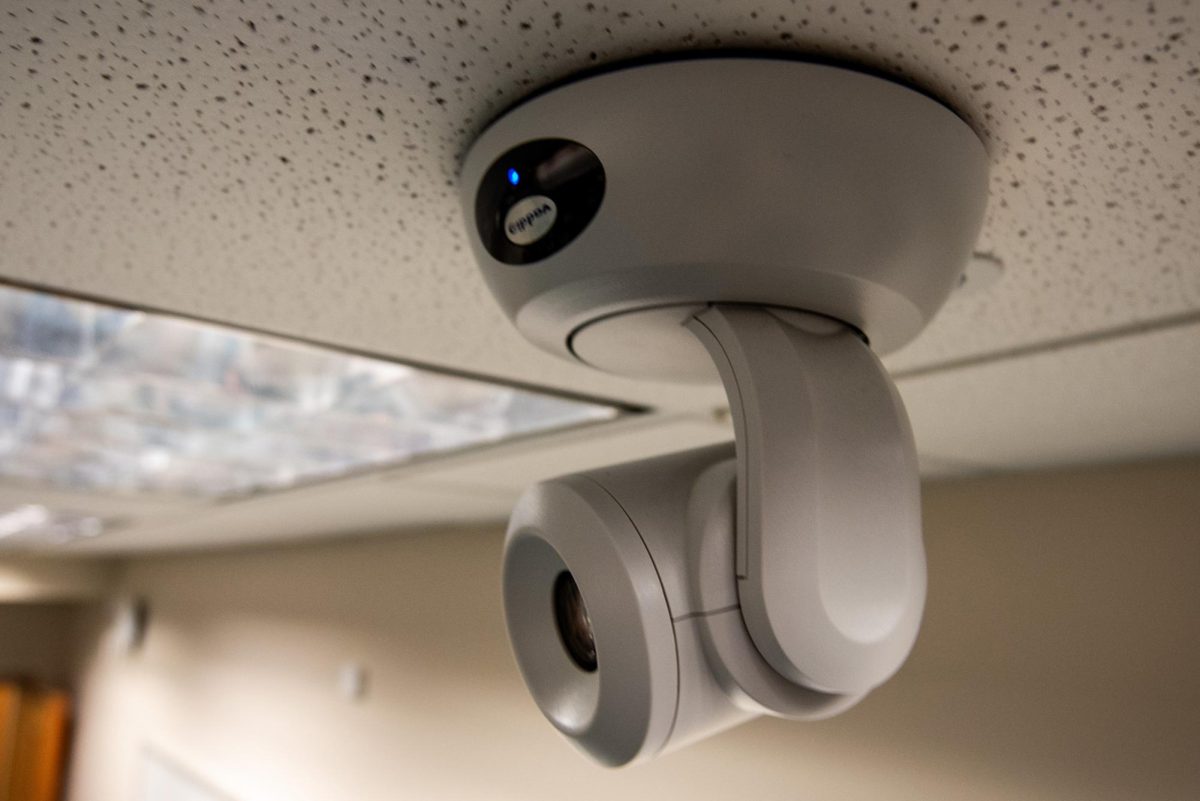Five years ago, I sat in a room with a couple hundred aspiring engineers listening to comforting administrators from the College of Engineering croon the value of the degree I was about to embark upon. It sounded almost too good be true — If you graduate you’re going to be successful; you will make money hand over fist.
They weren’t lying. In 2006, their statistics rightly showed N.C. State engineers fairing well in a booming economy with a 4.5 percent unemployment rate. Students really were walking out the doors with multiple job offers — life was good.
A study from May out of Rutgers University shows just how much the trend has changed for new graduates. The study by the University’s John J. Heldrich Center for Workforce Development confirmed the sweet reality of the job market five years ago. Graduates found jobs quickly and were compensated well — $30,000 for an average college Dick or Jane.
For today’s youth the view was bleaker — only 53 percent of the 2010 graduates in the study had procured full-time employment. The ones that did were being paid a median salary of only $27,000. Tack on roughly 10 percent inflation for the last five years, and the real purchasing power for today’s graduates is down significantly since the outset of the Great Recession.
These numbers trim the outline for today’s economic despair, but it’s events like the August jobs report from the Bureau of Labor Statistics that really show just how desolate the horizon is. The economy isn’t adding jobs — not one. The unemployment rate is stubbornly steady at 9.1 percent and wages are retreating even more.
The worst part from where we’re sitting is the growth — the true lack thereof. We’re figuratively and literally stagnant. The elected officials in Washington look increasingly incompetent and the hope for young people is withering away on the vine.
We’re almost beyond the point of a jobs plan at this stage; it seems like we’d be just as well to start praying for a jobs miracle.
How can we possibly reverse this malaise? The proverbial hand of the economy signaled pollice verso and there doesn’t seem to be much hope in facing the gladiators.
Where the rubber meets the road, then, there really is a lot to be said for making rational, positive changes. If N.C. State was staying true to this form on its supposed Autobahn of Innovation, we’d be seizing the opportunity of unemployed talent in the job market by growing the faculty ranks and intelligently streamlining our offerings to meet market conditions.
Simply, we’re not. The Chancellor’s Strategic Plan released in May emphasized our excellent traditions in agriculture and the mechanical arts, but naively skimmed over some of the real issues facing the University.
The growth of the faculty, especially tenured faculty, has been woefully deficient in the 21st century. Instead of seizing opportunities to bolster our ranks, we’ve wallowed in an excess of paper-pushing administrators and inconsequential hiring on the teaching side.
The only real growth the University has experienced has come in the form of more students, who are having a difficult time graduating because of the pathetic seat shortage and are burdened with increasingly unconscionable levels of post-college debt.
Despite the excess of students the academic system is thrusting on the job market, the University hasn’t veered from its pre-recession target of 40,000 students by 2017. Where are these students going to go?
These issues are correctable, but it will take a push for a real strategic plan. We’re in a new world where both engineers and English majors are unemployed — it’s not changing anytime soon and the University isn’t helping.




